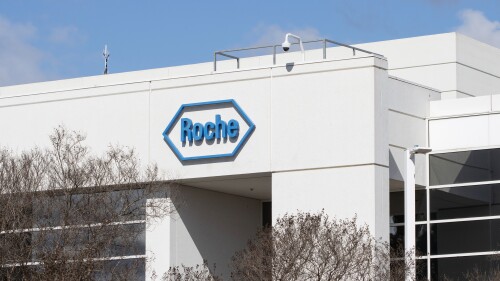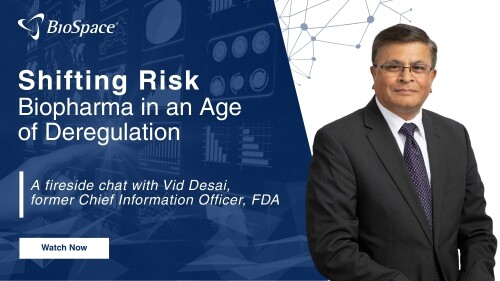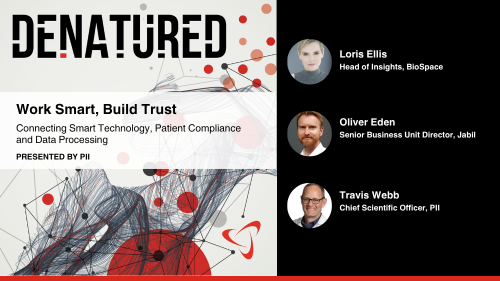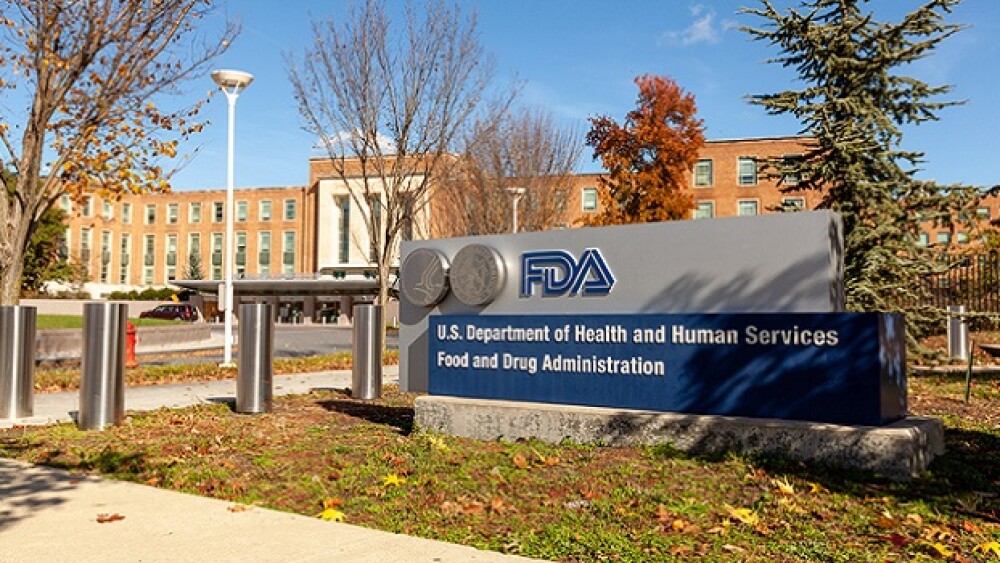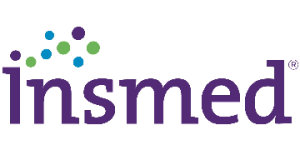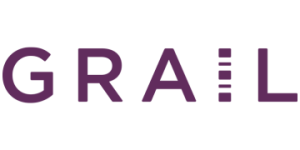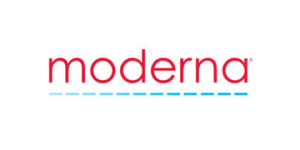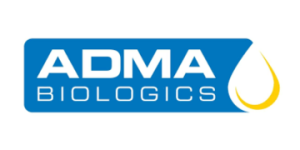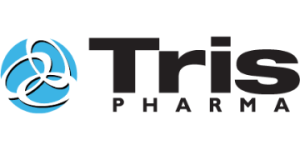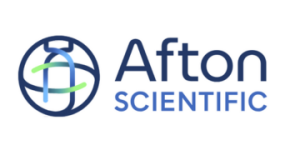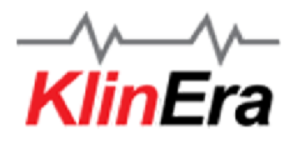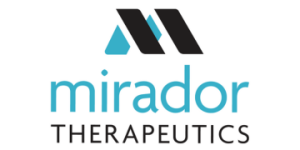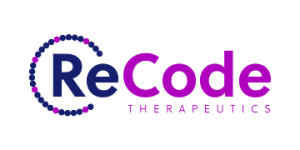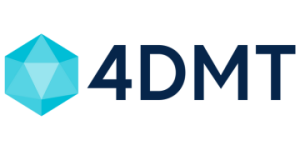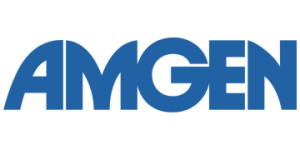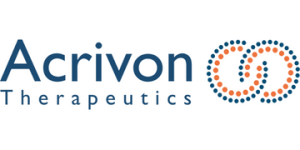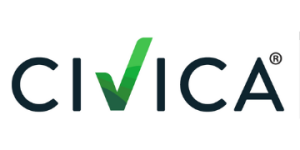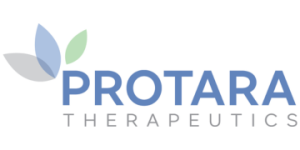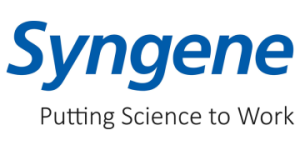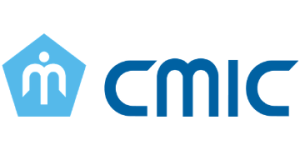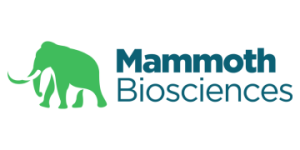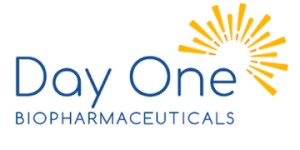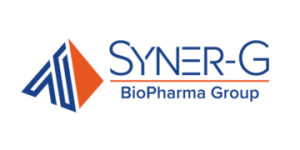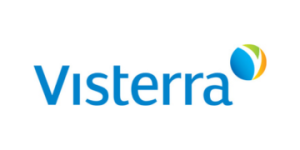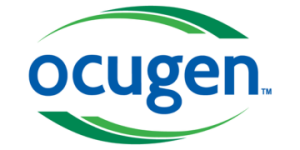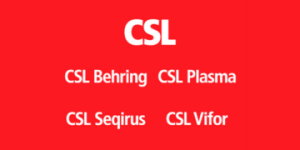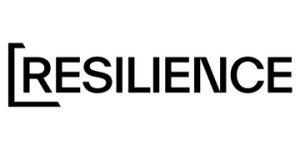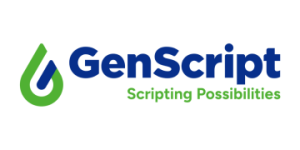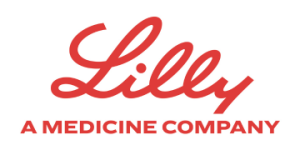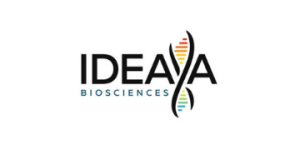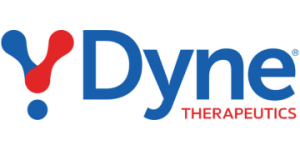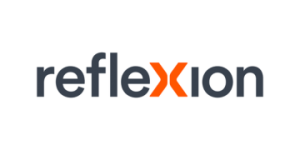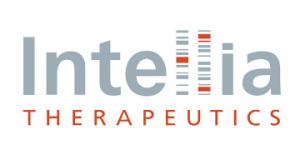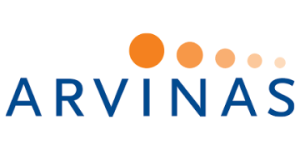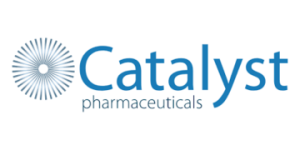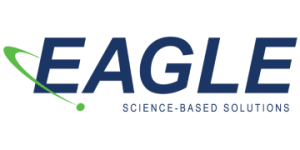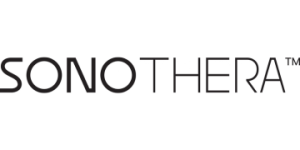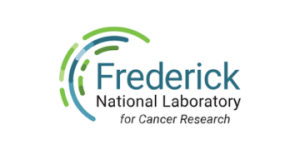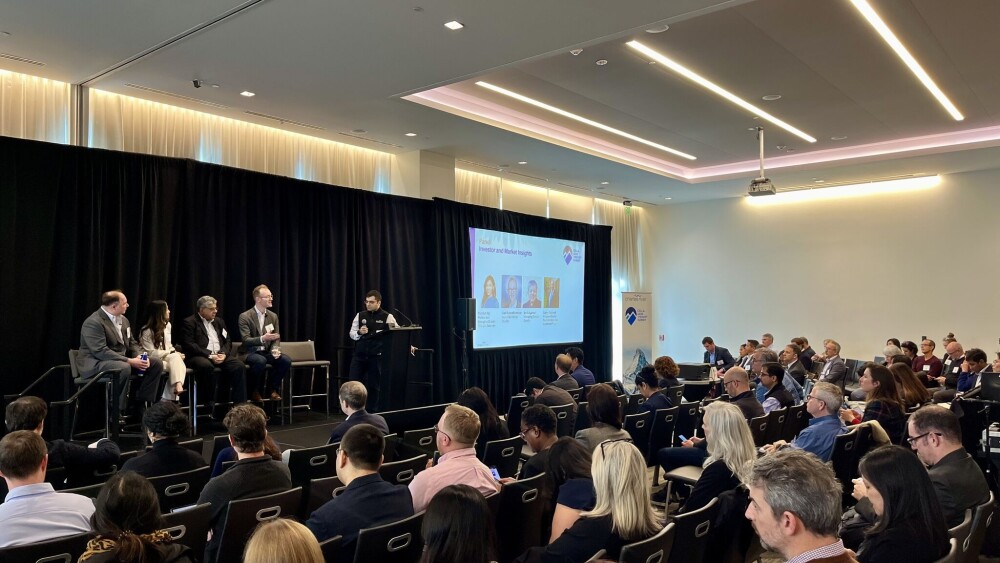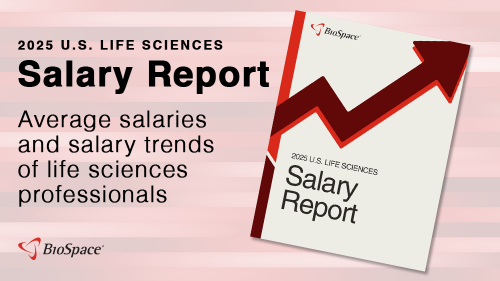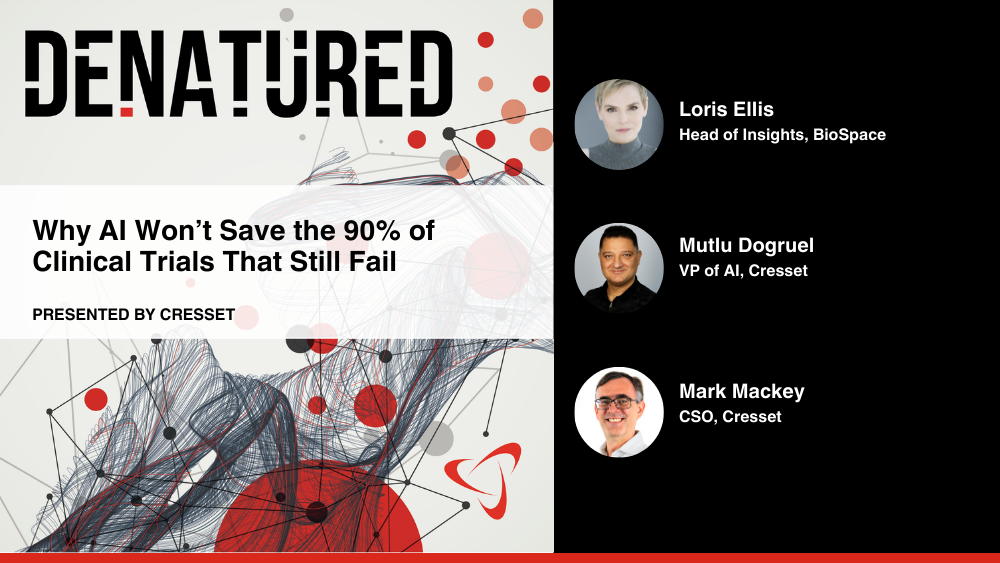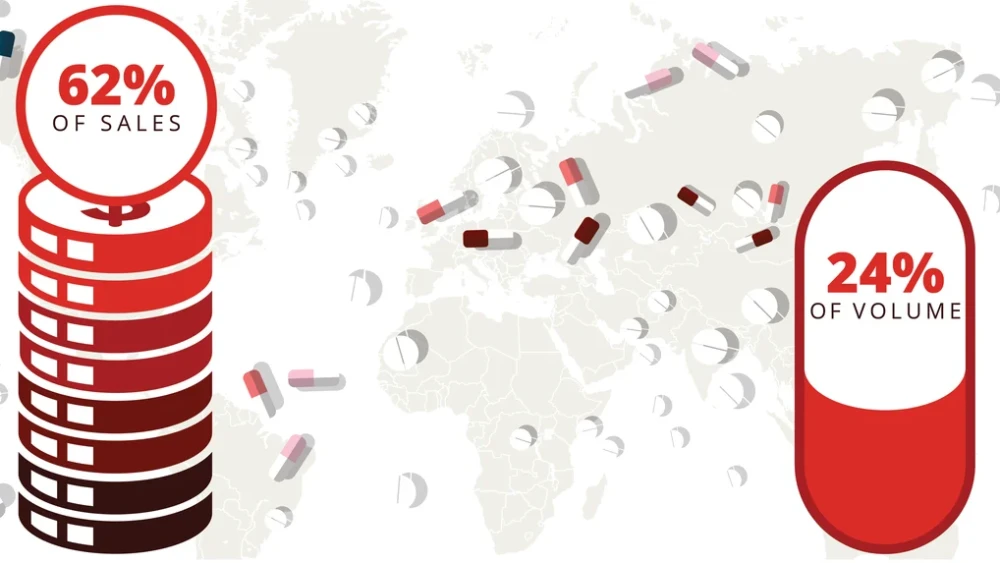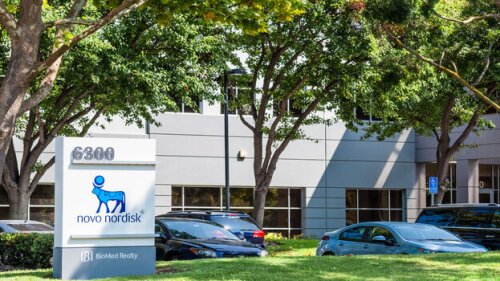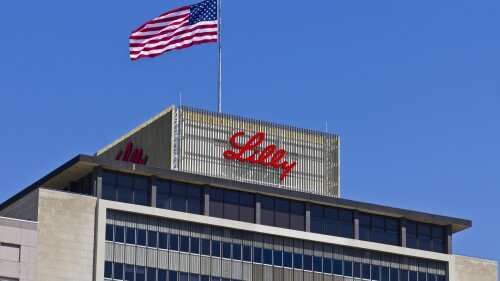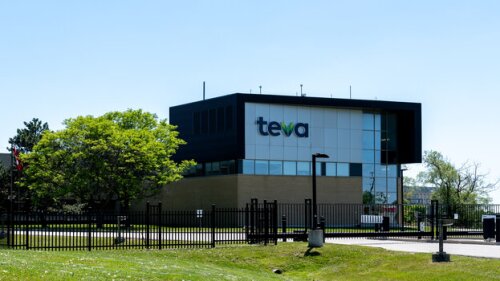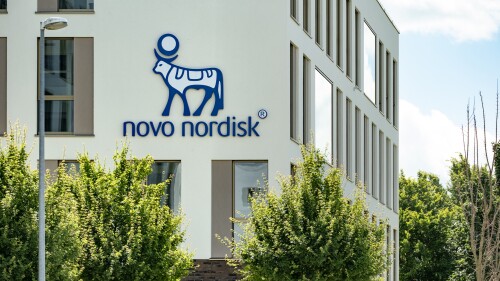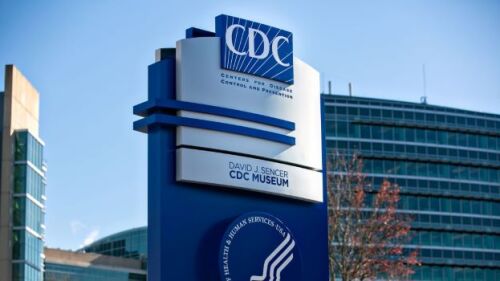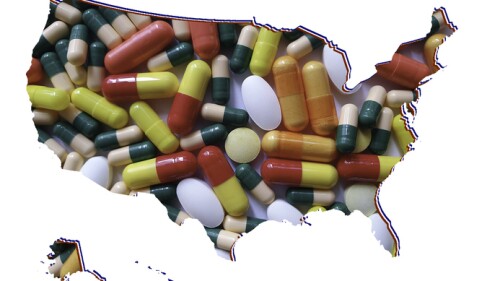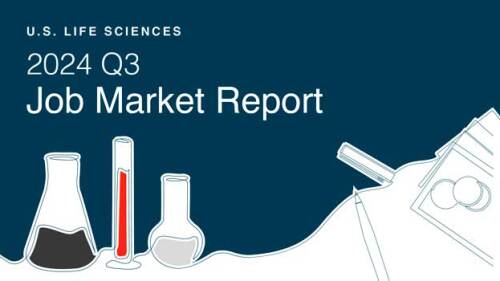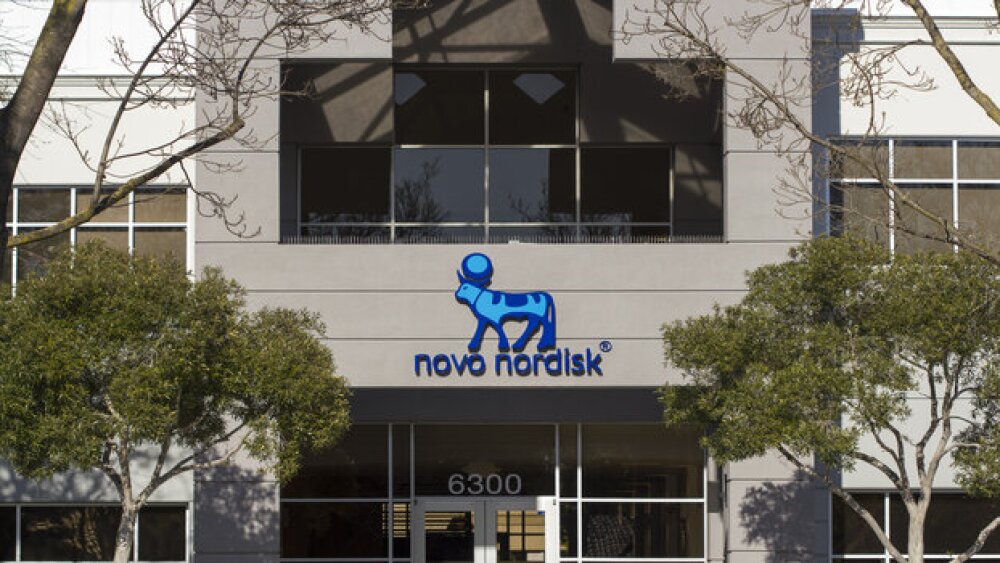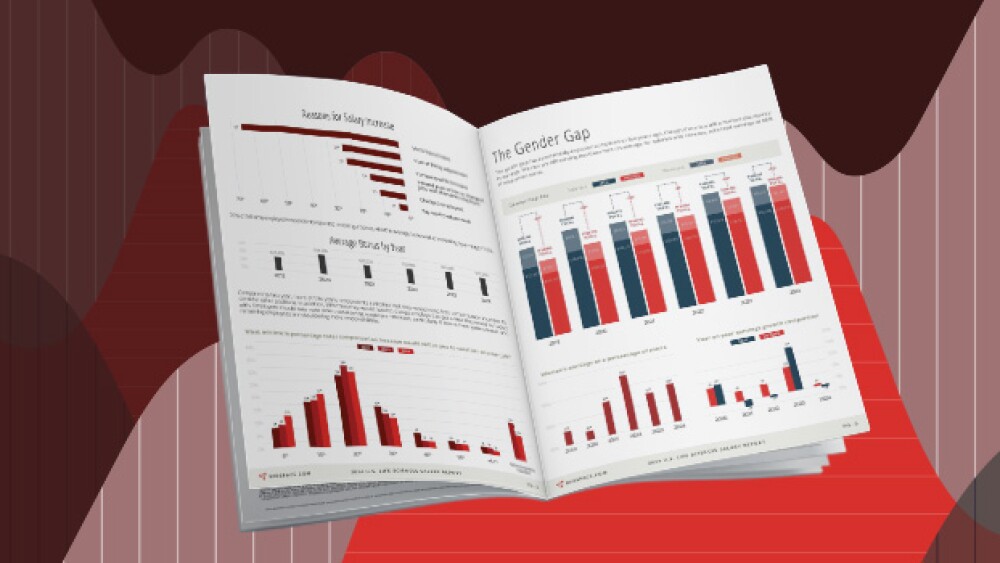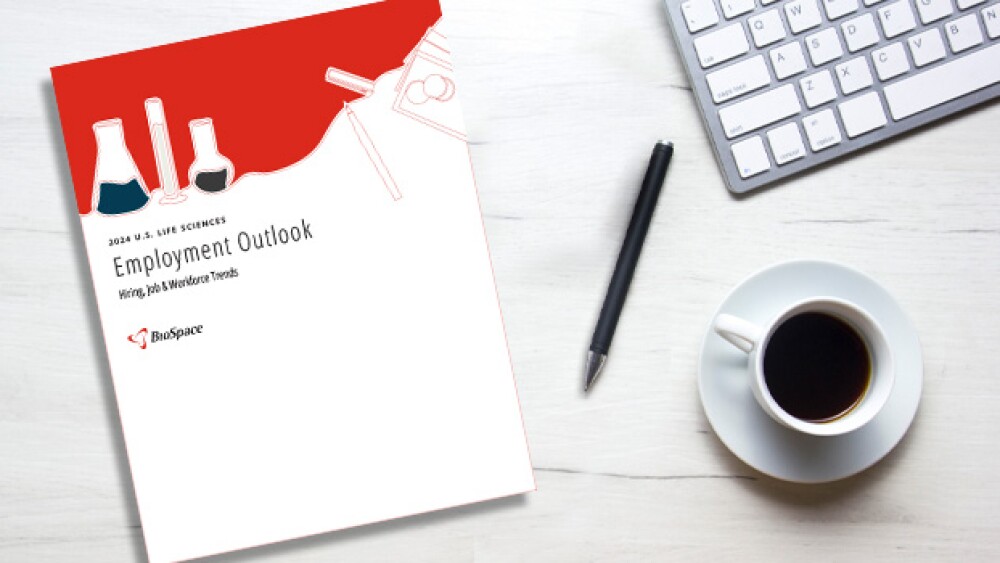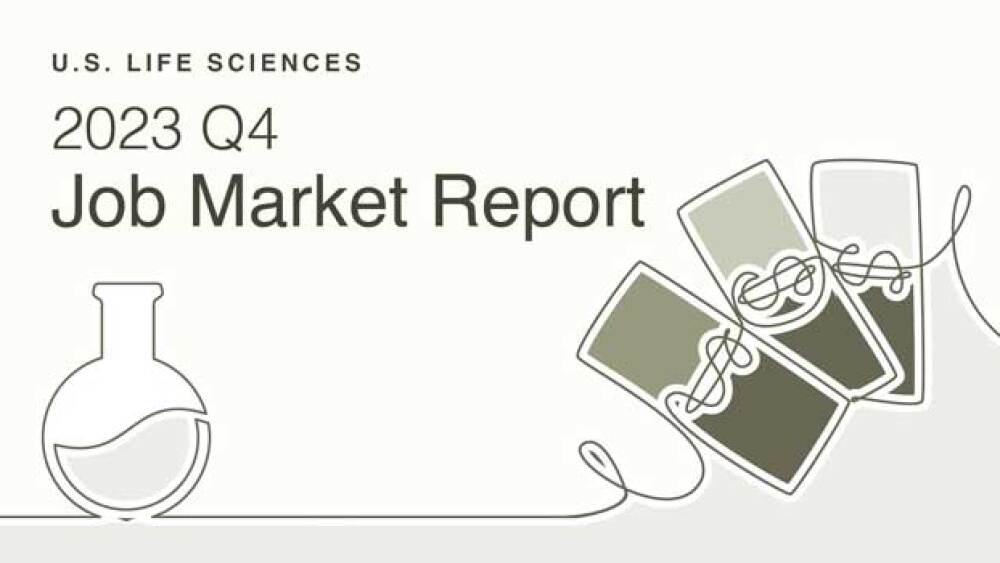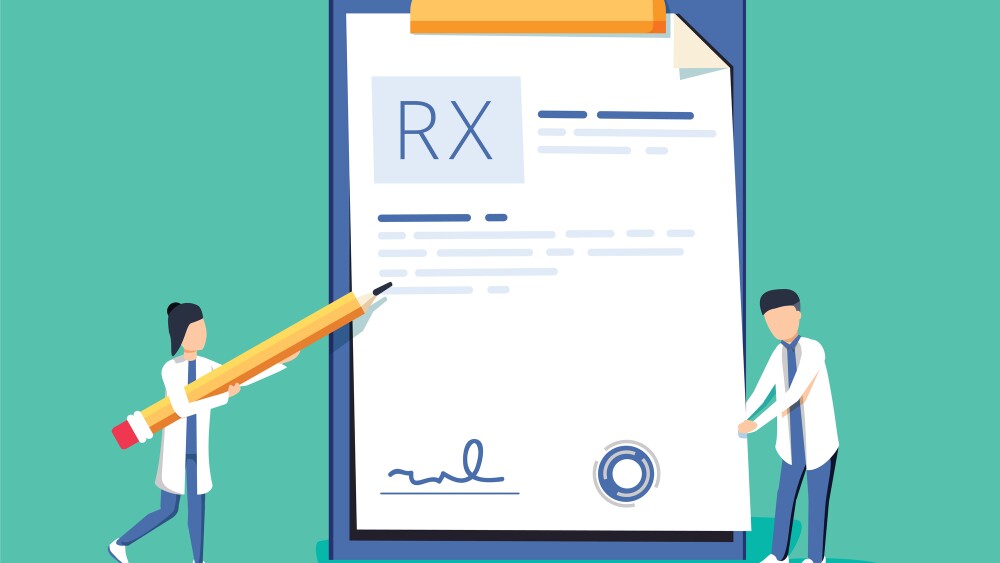Roche will gain worldwide rights outside of the Greater China region to Hansoh’s HS-20110, an antibody-drug conjugate in early-stage development for colorectal cancer.
The Commissioner’s National Priority Voucher awards companies that align with specific national priorities—such as boosting domestic manufacturing and lowering drug prices—with faster reviews and more frequent interactions with the FDA.
With more than $1.5 billion on the line, Gilead looks to bolster its CAR T portfolio.
EMD Serono will offer its fertility treatments on TrumpRx at a steep discount, and Roche’s direct-to-consumer offering will cover its flu pill Xofluza.
During this webinar BioSpace sits down with former FDA Chief Information Officer Vid Desai to discuss the potential advantages and pitfalls of deregulation stemming from one of President Donald Trump’s first executive orders. Together, they uncover what this shift means for drugmakers, compliance and patient safety.
In this episode presented by PII, BioSpace’s head of insights discusses decentralized clinical studies and how connected technology can improve patient compliance with guests Oliver Eden and Travis Webb.
FEATURED STORIES
In one of the first demonstrations of the impact of last year’s Loper Supreme Court decision on challenges to agency authority, a judge ruled that the FDA does not have authority to regulate tests developed by clinical laboratories.
From more than 30 target action dates in the last three months of the year, BioSpace has narrowed the list to six regulatory decisions that could have far-reaching implications for biopharma and patients.
While last week’s recommended changes by CDC advisors to the MMRV vaccine schedule are unlikely to have a tangible effect on Merck’s business, the company said the removal of choice for healthcare providers is “concerning.”
Small and large drugmakers alike have made big, proactive moves to secure the production capacity that will be vital to serving the weight loss market.
The FDA’s proposed Rare Disease Evidence Principles review process is a starting point for getting rare disease therapies across the finish line, but industry leaders say there are more concrete steps the regulator could take to help patients.
With AbbVie’s $1.2 billion acquisition of Gilgamesh Pharmaceuticals’ lead depression drug, the psychedelic therapeutics space has soundly rebounded from Lykos’ rejection last year. There are now seven programs in Phase III trials across the sector, with multiple companies vying for that first approval.
LATEST PODCASTS
Eli Lilly drops a second Phase III readout for orforglipron; AbbVie committed to the psychedelic therapeutics space with the $1.2 billion acquisition of Gilgamesh’s depression asset; the CDC taps vaccine skeptic Retsef Levi to lead its COVID-19 immunization working group; and the FDA prioritizes overall survival in cancer drug development.
Closely watched data from Eli Lilly and Viking Therapeutics this month have reignited the discussion around oral weight-loss drugs—and their ultimate place within the anti-obesity medication market.
In this episode presented by Cresset, BioSpace’s head of insights Lori Ellis discusses clinical trial fail rates and AI’s potential to reduce preclinical costs with Mutlu Dogruel, VP of AI and Mark Mackey, CSO of Cresset.
Job Trends
Nearly $30 million in tax incentive awards are expected to add 1,519 new life sciences jobs in Massachusetts, with about 52% of the positions spread over Boston and Cambridge. Vertex, which received the largest award, will create hundreds of roles in Boston.
Subscribe to Genepool
Subscribe to BioSpace’s flagship publication including top headlines, special editions and life sciences’ most important breaking news
SPECIAL EDITIONS
The pace of mergers and acquisitions has accelerated. In this deep dive, BioSpace takes a closer look at the nature of recent deals and the players involved.
In this deep dive BioSpace analyzes the neuropsychedelic therapeutics pipeline, which grabbed headlines in February when the FDA accepted the New Drug Application for Lykos Therapeutics’ MDMA capsules for PTSD.
In this deep dive, BioSpace takes a closer look at the drug price crisis in the U.S. As President Joe Biden and former President Donald Trump gear up for a rematch in the 2024 election, we explore how federal reforms to lower costs could be leveraged on the campaign trail.
DEALS
-
After a slow 2024, the biotech shell company Concentra Biosciences is back, offering to buy four biotechs in the past month and seven so far this year.
-
Sarepta’s troubles had nothing to do with Arrowhead’s assets, and yet both companies have seen their stock prices decline this past month. BioSpace caught up with Arrowhead’s Chris Anzalone to talk about the biotech’s role as an RNAi pipeline savior.
-
Out-licensing drugs to multinational corporations is a natural step for Chinese biotechs, but the recent rise in deals is only scratching at the surface of partnership-ready biotechs in the region.
-
The German giant is looking to develop new drugs for undisclosed eye diseases using Re-Vana’s extended-release injectable platform to supply drugs to the eye for months at a time.
-
The star of GSK’s Hengrui partnership is the COPD candidate HRS-9821, which will complement the pharma’s respiratory pipeline that’s anchored by the anti-asthma drug Nucala.
WEIGHT LOSS
-
Health Secretary Robert F. Kennedy Jr. will appear before the Senate Finance Committee Thursday, ahead of a vaccine advisory committee meeting later in September. Meanwhile, deal-making appetite appears healthy, and the weight loss space continues generating clinical data and other news.
-
Novo Nordisk’s Wegovy has been on a winning streak as of late, with a metabolic dysfunction-associated steatohepatitis approval last month and prime position in the oral obesity race.
-
While Eli Lilly’s orforglipron is full speed ahead for a regulatory filing this year, the pharma is also pushing forward with one more Phase II study of naperiglipron, which uses the same scaffold as Pfizer’s failed obesity drugs danuglipron and lotiglipron.
-
In December 2024, Teva also secured FDA approval for the other liraglutide brand Victoza, indicated for type 2 diabetes.
-
Novo Nordisk has brought on other cardiometabolic collaborators this year, including United Laboratories International and Deep Apple Therapeutics.
POLICY
-
While the FDA is trumpeting this new initiative as “sweeping reforms” to the way drug companies can advertise, experts say the regulator is going after a problem that doesn’t exist.
-
The FDA has vowed to fix a pharma ad loophole—but they’re targeting the wrong one.
-
Like the first batch of appointees to the CDC’s vaccine advisory committee, several of the new panelists have documented histories of vaccine and COVID-19 skepticism.
-
Some observers see risks to becoming over-reliant on local facilities, noting the potential need for trade partners if domestic production is disrupted.
-
President Donald Trump is considering tariff exemptions for certain “non-patented” pharmaceuticals, though the White House has yet to release specific guidelines.
At Drexel University’s Graduate School of Biomedical Sciences and Professional Studies, graduate students and active professionals can take interdisciplinary, career-oriented programs designed to help launch their careers and take them to the next level.
Massachusetts’ increased investment in the life sciences industry includes boosting its life sciences tax incentive program by $10 million annually, aiding job creation in the state.
Many biopharma professionals view smaller companies as having the best flexibility and remote work options, but that doesn’t mean their larger counterparts are failing in that area. Several professionals, including Apogee Therapeutics and Insmed executives, share their insights.
Check out five New York companies hiring biopharma professionals like you, including 2025 Best Places to Work winners.
Plus, communication errors that cost job offers and how to craft a LinkedIn “About” section
Year-over-year BioSpace data shows there are fewer job postings live on the website and far more competition for them.
HOTBEDS
REPORTS
BioSpace’s 2024 Salary Report explores the average salaries and salary trends of life sciences professionals.
BioSpace’s Employment Outlook report investigates anticipated job search activity and hiring outlook in 2024 as well as how the current workforce is currently faring
If it feels like there has never been a tougher time to look for work, you’re not alone—and you’re likely not wrong.
CANCER
-
This week’s release of the Make America Health Again report revealed continued emphasis on vaccine safety; Health Secretary Robert F. Kennedy Jr.’s faceoff with senators last week amounted to political theater; the FDA promises complete response letters in real time and shares details on a new rare disease framework; and Summit disappoints at the World Conference on Lung Cancer in Barcelona.
-
Truist Securities called pumitamig’s data on Monday “very reassuring,” given the consistency between its performance in Chinese and global patient populations.
-
Ivonescimab elicited better overall survival in Asian patients with non-small cell lung cancer than in those from North America and European countries, in Western countries narrowly missing the statistical significance threshold the FDA is seeking.
-
According to analysts, the new data could present a path to accelerated approval for ifinatamab deruxtecan, a product of Merck and Daiichi Sankyo’s troubled ADC partnership.
-
Some of the biggest SPACs from the industry’s pandemic-fueled heyday are no longer on the market.
NEUROSCIENCE
-
In another blow to Prothena’s neurodegenerative disease portfolio, anti-amyloid candidate PRX012 has run into the same problem that larger peers Biogen and Eli Lilly have battled: high rates of swelling in the brain.
-
AMX0035—approved as Relyvrio in 2022 for amyotrophic lateral sclerosis but voluntarily pulled from the market last year—was unable to distinguish itself from placebo in a mid-to-late-stage trial of progressive supranuclear palsy.
-
Novartis has bet up to $772 million to gain access to BioArctic’s BrainTransporter platform, which was leveraged in a partnership with Eisai to produce Leqembi.
-
Eli Lilly drops a second Phase III readout for orforglipron; AbbVie committed to the psychedelic therapeutics space with the $1.2 billion acquisition of Gilgamesh’s depression asset; the CDC taps vaccine skeptic Retsef Levi to lead its COVID-19 immunization working group; and the FDA prioritizes overall survival in cancer drug development.
-
LB Pharma will test the IPO market to seek funding for a Phase III-ready schizophrenia asset.
CELL AND GENE THERAPY
-
A new analyst survey suggests that doctors are still prescribing Sarepta’s Elevidys, even after a series of deaths in certain populations marred the gene therapy’s record.
-
The patient-specific nature of autologous cell therapies presents unique challenges that can best be addressed by a middle path between on-site and centralized manufacturing.
-
Capsida has yet to disclose the exact cause of death. The patient had received the gene therapy CAP-002 for a type of epilepsy.
-
Ori Biotech’s CEO said the prioritization of review by FDA, coupled to the impact of the technology, could shave up to three years off development timelines.
-
As AAV9 and CRISPR programs navigate safety, delivery and scalability hurdles, small molecules offer a deployable, scalable bridge, complementing genetic approaches and accelerating meaningful impact for patients with Duchenne muscular dystrophy.




